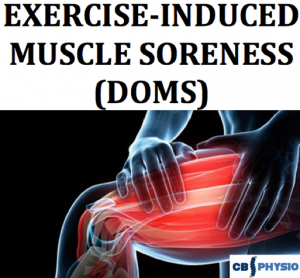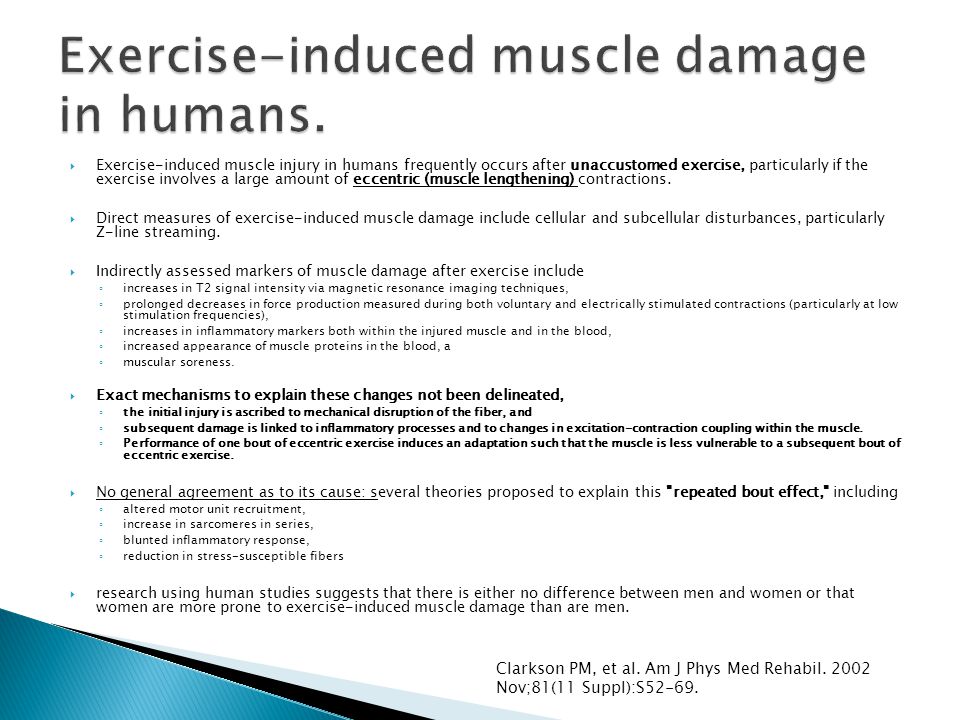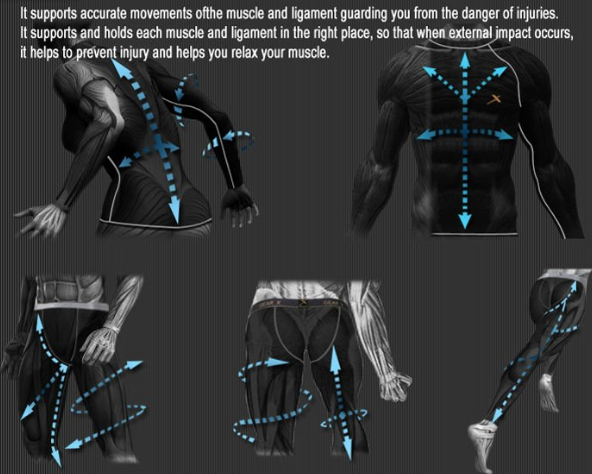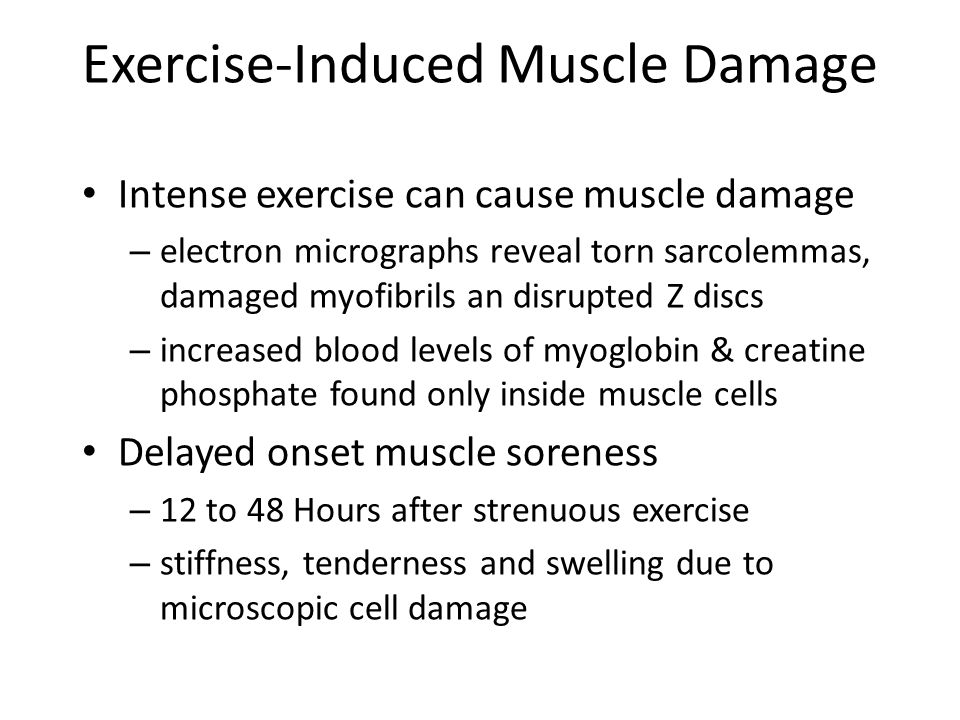
Cryotherapy for Exercise Induced Muscle Damage (DOMS) 10 randomised controlled trials evaluated the effectiveness of cryotherapy, in the form of ice water immersion or ice bathing, on recovery from exercise induced muscle damage.

Exercise-induced Leg Pain Anatomically speaking, the leg is the region between the knee and the ankle. Repetitive weight bearing exercise commonly causes painful injuries in …

Physical exercise is important for maintaining physical fitness and can contribute to maintaining a healthy weight, regulating digestive health, building and maintaining healthy bone density, muscle strength, and joint mobility, promoting physiological well-being, reducing surgical risks, and strengthening the immune system.
The appearance of creatine kinase (CK) in blood has been generally considered to be an indirect marker of muscle damage, particularly for diagnosis of medical conditions such as myocardial infarction, muscular dystrophy, and cerebral diseases.

increase of sarcomeres and myofibrils added in parallel (135,179). When skeletal muscle is subjected to an overload stimulus, it causes perturbations in myofibers and the related



Though the precise cause of DOMS is still unknown, most research points to actual muscle cell damage and an elevated release of various metabolites into the tissue surrounding the muscle cells.
November 2015 Issue. Ask the Expert: Tart Cherry Juice and Exercise Recovery By Toby Amidor, MS, RD, CDN Today’s Dietitian Vol. 17 No. 11 P. 8. Q: My clients have been inquiring about the link between exercise recovery and tart cherry juice.
Anabolic steroids, also known more properly as anabolic–androgenic steroids (AAS), are steroidal androgens that include natural androgens like testosterone as well as synthetic androgens that are structurally related and have similar effects to testosterone.



Two days after an intense training session, an apparently healthy client experiences such extreme muscle soreness that she seeks emergency care. Her urine is very dark. At the hospital, she is diagnosed with exertional rhabdomyolysis. What does this mean? And could her trainer have prevented it
If you experience headaches or dizziness when exercising, you may be experiencing hypoglycemia, or low blood sugar levels. Your body converts food into glucose, a type of sugar, and uses it for immediate energy needs or stores it in your muscle and liver cells as glycogen to use between meals or during exercise.